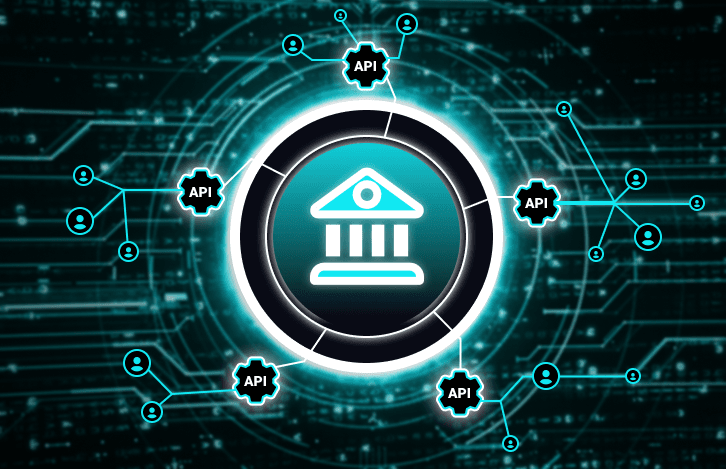Open Finance is a relatively new development in the world of finance. This transformation is powered by APIs and cloud-native technology. These APIs permit the near-instantaneous transfer of financial information between banks, customers, and third parties.
The ability for data to flow between customers, banks, and third parties represents a paradigm shift in the world of finance. Communication that once took weeks (and reams of paperwork) can occur within seconds.
Take, for instance, the world of insurance. If an individual wanted to insure a vehicle in the past it could take days to conduct the proper research. They would reach out to multiple companies and get quotes, all of which required phone calls or in-person visits to an office. Only then could they make an informed decision about their purchase.
Wouldn't it be great if we could improve the journey above to be similar to, for example, how we buy a product online?
In the future that Open Finance promises, however, the customer could download one app, share all of their relevant data with one authorization, and receive a list of quotes from dozens of insurance providers, all tailored to them. This process could occur in under one minute.
Or consider the example of purchasing the vehicle in the first place. In the past, buying a car was a time-consuming process, not to mention a hassle. Today, customers in certain countries can browse for a vehicle, get the right loan, and have it delivered to their home all through using one app on their phone. The necessary exchanges of information are enabled by Open Finance, powered by Application Programming Interfaces (APIs).
Why Now?
Part of the recent surge is due to regulations in the UK and Europe. In 2016, the UK passed a regulation having to do with customer information, called the General Data Protection Regulation (GDPR). The motivation behind this regulation was to ensure that financial data about customers held by banks belongs to the customer, not the bank - and to give the customer the ability to access, share, and use that information at any time.
This began the Open Banking movement in the UK, as every bank developed or onboarded a solution to comply with GDPR. But this was just the beginning. Open Banking opened up a new world of use cases for APIs and the financial data they relayed. This caused the field to develop into Open Finance, as new solutions were developed not just in banking, but also in real estate, insurance, financial planning, financial health, retail, and more.
In 2018 and 2019, a similar regulation came into force in the European Union called the Payment Services Directive 2 (PSD2). Instead of customer data, however, the focus here was to enable a single, secure payment market in Europe.
For the past couple of years, markets all around the globe have watched the trend closely and begun to adopt Open Finance technology. It promises customers more flexibility and control over their finances and purchases, banks a means of staying competitive, and third parties a way to go deeper with their current customers and compete with incumbents in the financial space.
If you’re not already affected by the regulations, Open Finance is an incredibly important development to watch over the next several years. It has the potential to create a change in the world of finance as large as the invention of the credit card. The time is ripe for new players to start competing across every vertical... since every vertical involves financial data and transactions.
The Impact of APIs For Open finance
The centerpiece of the Open Finance revolution is the API. They allow the right party to access the right data at the right time. But APIs need common standards, not all of which are outlined in the regulations so far. That’s where specification comes into play.
I’m honored to get the opportunity to lead a Special Interest Group (SIG) for OpenAPI regarding Open Finance. This group will be centered around updating OAI specs and use cases for developers working as part of financial institutions or interested third parties. If you’re interested in following or contributing to the project, you can learn more here.

